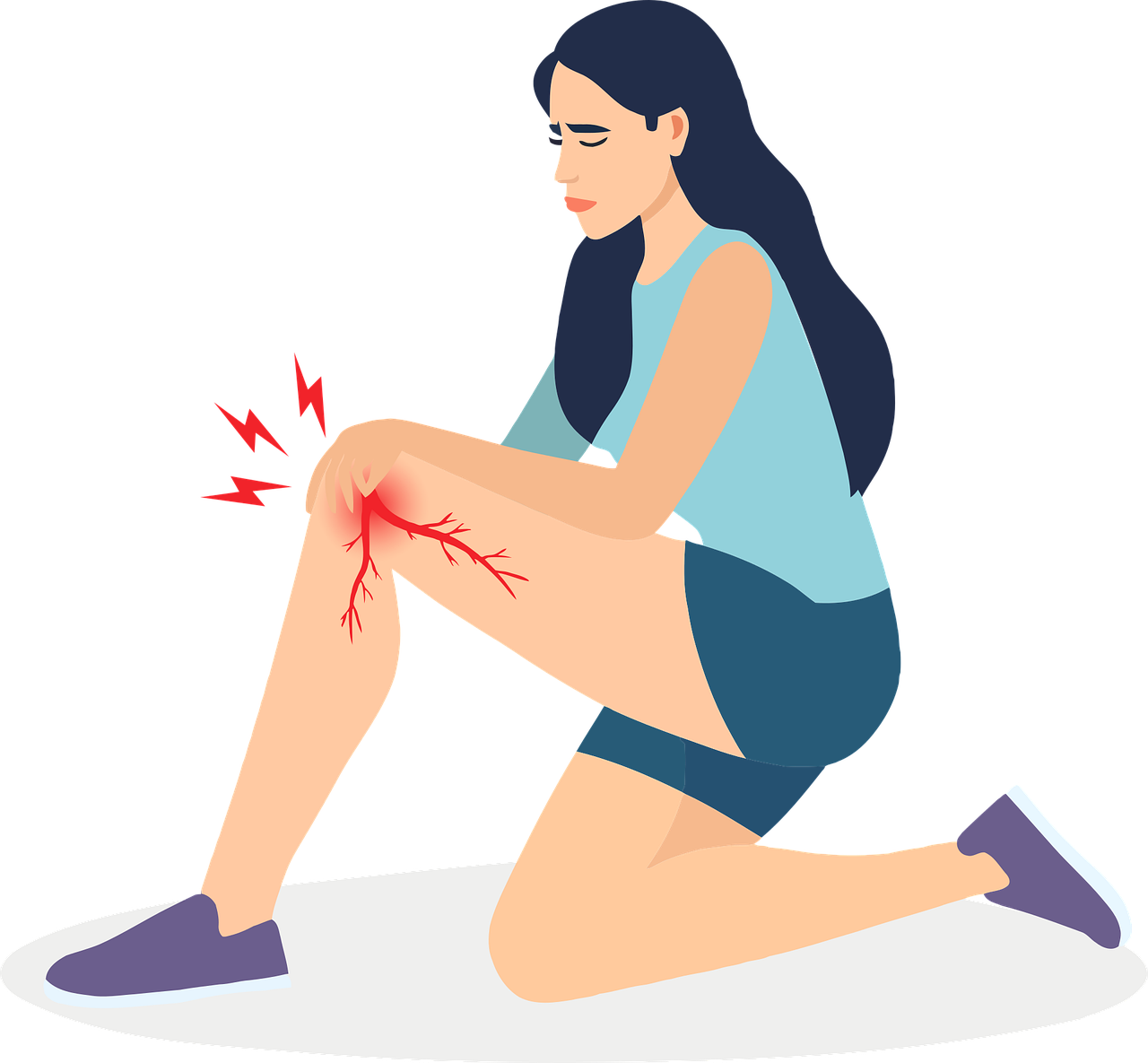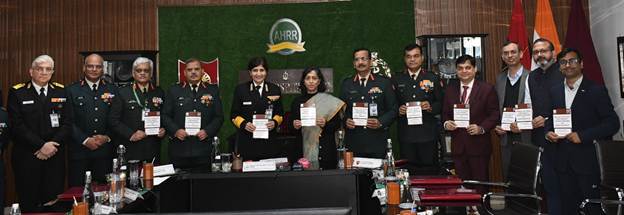
Ropar: In a significant breakthrough for post-surgical knee rehabilitation, researchers developed a “Completely Mechanical Passive Motion Machine” that has been awarded a patent.
The innovative solution to make continuous passive motion (CPM) therapy more accessible and affordable was unveiled at the Indian Institute of Technology (IIT), Ropar.
Continuous passive motion is an important therapy for patients recovering from knee surgeries, helping to improve joint mobility, reduce stiffness, and speed up recovery. The introduction of this mechanical machine offers a cost-effective and eco-friendly alternative, opening up new possibilities for affordable healthcare solutions in knee rehabilitation.
Unlike traditional motorized CPM machines, which are expensive and depend on electricity, the newly developed device is entirely mechanical. It utilizes a piston and pulley system, which stores air as the user pulls a handle, enabling smooth and controlled motion to aid in knee rehabilitation. This simple yet effective design eliminates the need for electricity, batteries, or motors, making it both lightweight and portable.
The mechanical CPM machine offers a promising alternative to costly electric machines that are often out of reach for many patients, especially in rural areas with unreliable electricity supplies. Reducing the reliance on electricity makes continuous passive motion therapy feasible even in off-grid locations.
Additionally, its portability allows patients to use it in the comfort of their homes, reducing the need for prolonged hospital stays and rehabilitation visits.
The development of this innovative device marks a significant step towards improving access to healthcare for all, particularly in regions where resources are limited. The team’s work is expected to have a lasting impact on the way knee rehabilitation is approached both, in India and globally.
“This device has the potential to revolutionize knee rehabilitation in India, where access to advanced medical technology can be limited, particularly in rural areas,” said Dr Abhishek Tiwari, the lead researcher, along with his team comprising Suraj Bhan Mundotiya and Dr Samir C. Roy. “It’s designed to be a low-cost, sustainable solution that not only aids in recovery but also helps reduce the environmental impact associated with motorized devices”, he added.
– global bihari bureau
Image by kp yamu Jayanath from Pixabay





